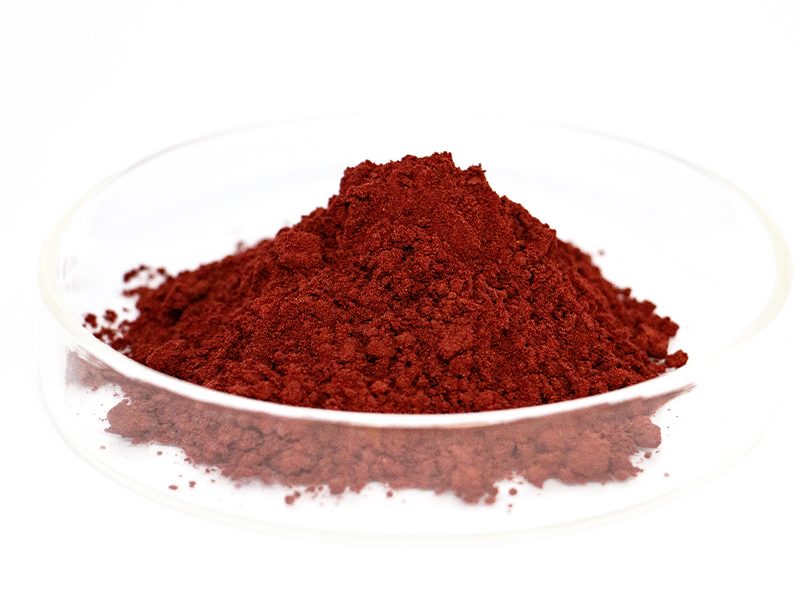technical materials raw inputs packaged calcium alpha-ketoglutarate

Large-scale bioproduction hinges upon a wide assortment of input materials for fabricating next-generation bio-products.
Securing long-term supply of raw inputs underpins enduring viability and ethical market growth.
multiple challenges associated with traditional raw material procurement including environmental degradation and exploitation of natural resources. Therefore, biomanufacturing companies must actively seek out alternative sourcing strategies to minimize their ecological footprint.
- Representations of ethical supply approaches are:
- Using repurposed agricultural residues as substrates
- Establishing regenerative loops to cut waste and elevate material utilization
- Forging alliances with neighborhood suppliers supporting green sourcing
Moving toward responsible sourcing creates ecological improvements and economic resilience.
Upgrading Feedstock Traits for Better Biofuel Performance
Advancing fuel production depends on feedstock consistency and composition. Analysts tirelessly probe advances to elevate feedstock conversion, facilitating elevated yields and a renewable energy transition. Strategies feature genetic optimization to raise biomass yield plus pretreatment to depolymerize plant polymers into sugars.
- Additionally, researchers are focusing on identifying new sources of biomass, such as algae, waste products, agricultural residues, to expand the range of sustainable feedstocks available for biofuel production.
- Through these continuous efforts, the field of biofuel production is poised to make significant progress in the coming years, paving the way for a more renewable energy landscape.
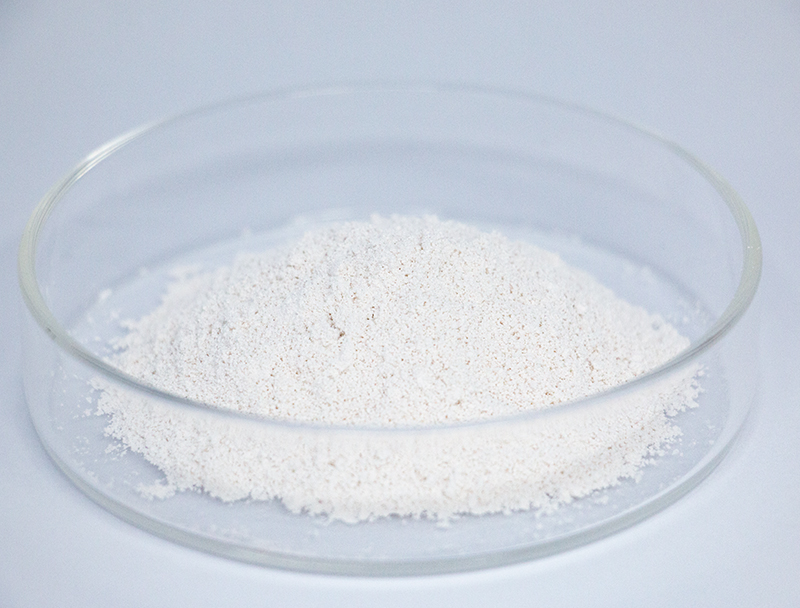
Upstream Process Improvements for Modern Biopharma Production
comprises front-end procedures like culture expansion and cell retrieval Current advancements have streamlined operations and improved bioproduct yields.
Pivotal enhancements embrace high-performance cell lines, balanced media compositions, and intelligent reactor control systems. These developments raise yield and cut costs as well as diminish environmental consequences.
- Additionally, a shift to integrated continuous operations is providing enhanced flexibility and responsiveness in production.
- Embracing sophisticated manufacturing strategies is poised to change industry norms and shorten development cycles.

CRISPR and Beyond: Improving Biopharma Production
progresses in gene editing technologies, such as CRISPR-Cas9, have revolutionized the production of biopharmaceuticals. By precisely targeting genes within host organisms, researchers can enhance the yield of valuable therapeutic proteins. Such strategies offer promise to create cost-effective, high-efficiency therapeutics across many disease areas.
Using Microbial Systems for Site-Specific Remediation
promising microbial strategies enabling effective environmental cleanup and restoration. Selected microbial cultures can remediate contaminants through biodegradation pathways.. Utilizing microbial metabolism supports eco-friendly site cleanup methods that limit secondary harm from remediation.. Laboratories test microbial species for efficacy against metals, pesticide pollutants, and oil-related contamination. Microbial cultures can function in contained bioreactors or be deployed onsite to facilitate biodegradative remediation..
The use of microbial biotechnology in bioremediation offers several advantages over conventional methods. This route is often more affordable and reduces the formation of toxic residues. Moreover, microbes can be tailored to address specific pollutants with minimal impact on non-target organisms. The field is rapidly refining methods to make microbial remediation more efficient and broadly effective.
Digital Methods Accelerating Pharmaceutical Discovery
Bioinformatic tools play an increasingly crucial role in the modern landscape of drug discovery and development. From target discovery through candidate optimization, bioinformatics facilitates streamlined, hypothesis-guided workflows.
- With analysis of broad omics and clinical datasets, bioinformatic experts identify targets and model drug effects.
- Additionally, simulation tools enable prediction of binding and activity, guiding creation of more potent drugs.
- In the end, informatics-driven methods streamline development and accelerate delivery of therapeutic solutions to patients.
Metabolic Engineering Strategies for Enhanced Bioproduct Synthesis
utilizes multiple approaches to enhance production of desirable bioproducts in cells. Programs use genetic redesign of metabolic networks, dynamic regulation of expression, and addition of heterologous genes to unlock new capabilities. By calibrating pathway dynamics and expression levels teams can greatly amplify bioproduct yields.
This multifaceted approach has the potential to revolutionize a broad range of industries, including biopharmaceuticals, agriculture, and bioenergy.
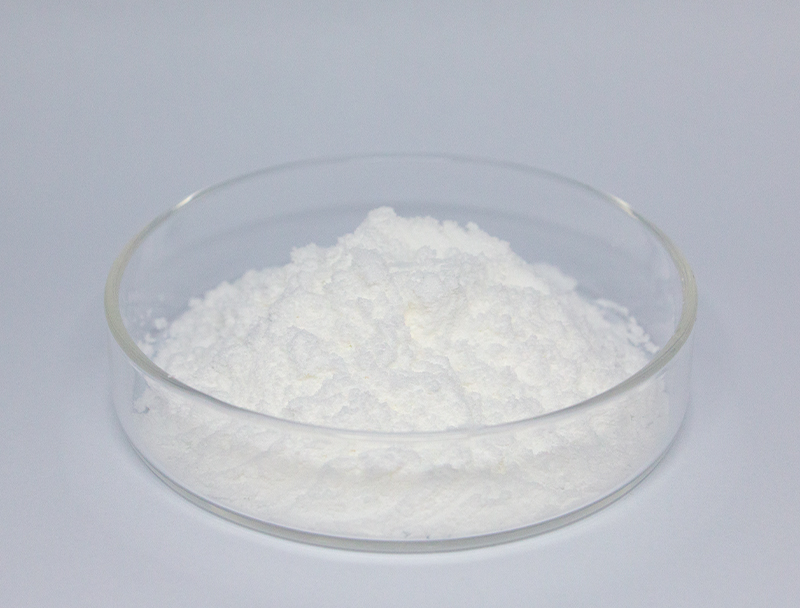
Scaling Biopharma: Difficulties and Strategic Opportunities
Industrial-scale production introduces demanding hurdles as well as strategic advantages. Sustaining uniform quality across expanded production capacity is a principal challenge. Managing it necessitates robust automation, high-fidelity monitoring, and powerful analytical capabilities.
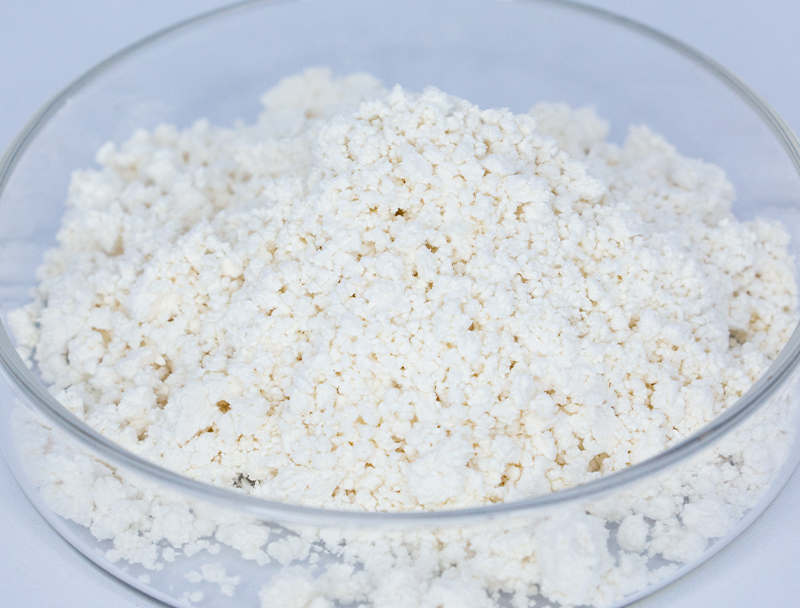
Also challenging is the layered complexity of biomanufacturing encompassing numerous sequential steps.. Scaling optimization is a resource-intensive task that calls for substantial innovation and study.. Still, the gains can be meaningful. Successful scaling up can lead to increased access of life-saving therapies, reduced production costs, and enhanced profitability.
A series of measures are underway to confront these obstacles. Plans feature next-gen optimization hardware, sophisticated real-time analytics, and forward-looking production strategies.
- Research and development activities are central to evolving manufacturing capacity.
- Regulatory agencies are working to streamline approval processes for new manufacturing technologies, facilitating innovation in the field.
Mapping the Compliance Environment for Safe Therapeutic Development
Advancing biopharmaceuticals involves heavy regulatory scrutiny to secure product safety and proven efficacy. Therapies derived from biological organisms carry special considerations not typical of conventional pharmaceuticals.
Authorities including the FDA and EMA implement guidelines and thresholds to assess and approve novel biologic products.
Comprehensive testing regimens must be followed from early-stage research through ongoing post-approval monitoring.. Those requirements help reveal risks and confirm that biologics satisfy stringent safety criteria..
Also, governing institutions evolve their strategies to respond to swift advances in biopharmaceutical science.. Efforts comprise integrating cutting-edge tools and easing development pathways while upholding patient safety.
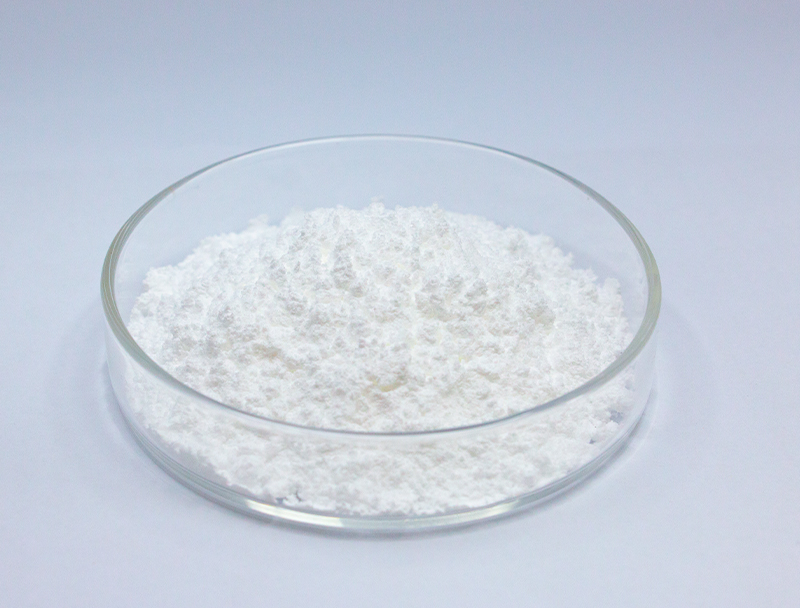
Plant-Derived Inputs for Next-Gen Bioplastics
The growing need for sustainable materials has led to a surge in research and development of renewable options. Bioplastics derived from plant biomass provide a viable route to more sustainable plastic alternatives. Plant-based biomass resources such as cornstarch, cellulose, sugarcane can be processed into biodegradable plastics that degrade naturally, minimizing the environmental impact of conventional plastics.
Additionally, many plant-based bioplastics show performance characteristics similar to conventional plastics for numerous uses.. Ongoing R&D is essential to scale plant-based bioplastics and realize circular economic benefits.
Biotechnology's Potential to Transform Health and Food Supply
Advanced biotech approaches can reshape healthcare delivery and enhance agricultural resilience. By harnessing genetic engineering, synthetic biology constructs, and advanced cell therapies, technologists deliver capabilities to reduce disease burden, raise crop outputs, and increase food value. As an example, crop genetic improvements for pest and stress resistance help boost production and cut dependence on chemical pesticides.. Similarly, biotech contributes advanced vaccines, antimicrobial Sialic Acid strategies, and diagnostic techniques crucial for infectious disease management and health advancement.. Continued scientific progress suggests biotechnology will increasingly underpin healthier, more sustainable societies worldwide.
